Tech
Alleged Intellectual Theft: House Committee On Public Petitions Summons Multichoice Nigeria Limited
Published
5 months agoon
By
Ekwutos Blog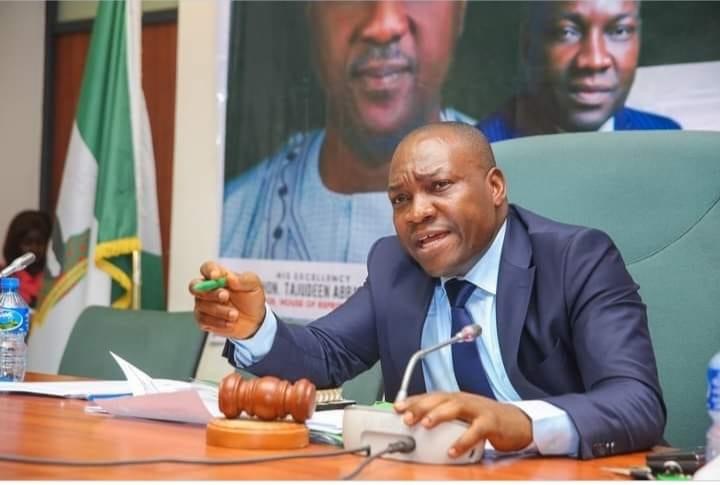
There is a petition by SotsTAG Ltd against Multichoice Nigeria Ltd, on unauthorized use of intellectual property by DStv.
According to the petitioner, Mr. Ozodinobi Stanley, SotsTAG presented an innovative QR code-based audience engagement solution to DStv in January, 2019. To their surprise, DStv implemented a strikingly similar system in the last Big Brother Naija reality show without any authorization or compensation.
This raises critical questions about the protection of local innovations and fair business practices in Nigeria’s rapid evolving tech landscape.
Despite multiple summons by the Committee on Public Petitions for proper investigation, the Management of Multichoice Nigeria Ltd led by Mr. John Ugbe, has consistently disregarded the summon. Thereby, demonstrating total disrespect for the National Assembly and the good people of Nigeria.
In a significant development, the Nigerian Broadcasting Commission (NBC) has also been summoned by the Committee for proper investigation. The summon is due to the fact that DStv is under NBC.
The Committee views behaviour of the Management of Multichoice as obstructive to its constitutional duties and detrimental to fair business practices in Nigeria.
“It is unfortunate that Multichoice has always failed to appear before the Committee whenever summoned”, Chairman of the Committee, Rt. Hon. Mike Etaba stated.
The Chairman has therefore, given a final opportunity for Multichoice to appear on 24th September, 2024, for proper investigation. Fairlure to comply, will result to appropriate sanction as provided by law.
Multichoice nigeria
You may like
Tech
Were trebuchets built in situ and then abandoned after a siege?
Published
16 hours agoon
January 7, 2025By
Ekwutos Blog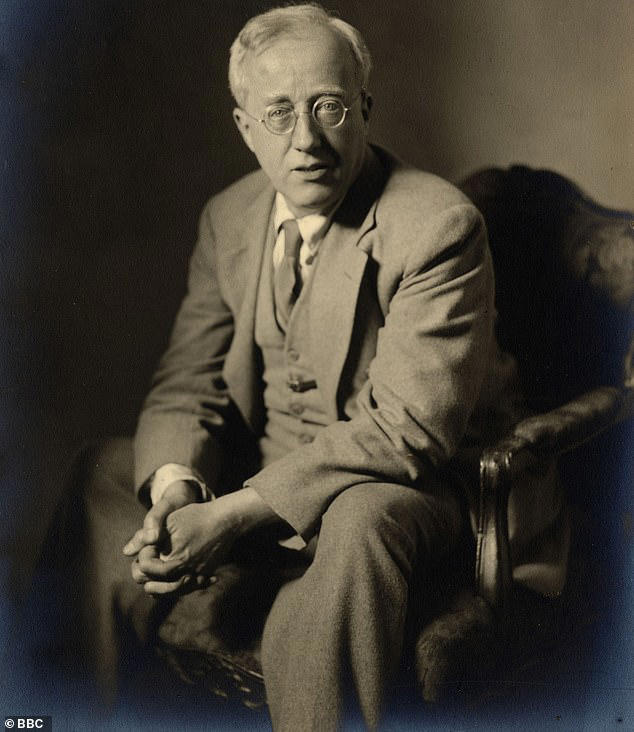
- Is there a question to which you want to know the answer? Or do you know the answer to a question here?
- Write to: Charles Legge, Answers To Correspondents, Daily Mail, 9 Derry Street, London W8 5HY; or email charles.legge@dailymail.co.uk
Early trebuchets were built on site. As they grew increasingly large and powerful, wagons carrying sections of prefabricated trebuchets were brought to a siege and assembled in situ.
A trebuchet was a medieval siege weapon, operated using a counterweight to propel a long arm, attached to a sling, which could hurl a projectile with great force and accuracy at enemy fortifications.
Invented in China in around the fourth century BC, by the 12thcentury, improved counterweight trebuchets were in use in Europe.
Historian Michael S. Fulton offered the best examination of the machines in his book Development Of Prefabricated Artillery During The Crusades (2015).
He concluded that while smaller weapons were built on site, large trebuchets were not only assembled but also disassembled afterwards for transport so they could be reused at later sieges.
Perhaps the largest and most famous trebuchet of them all was Edward I’s Warwolf.
In 1304, he ordered his engineers to build this great piece of artillery for the siege of Stirling Castle in Scotland.
Assembled by five master carpenters and 49 labourers, the Warwolf could hurl rocks weighing as much as 300lb.
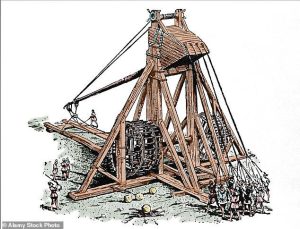
Early trebuchets were brought on site. As they grew larger and more powerful, wagons carried prefabricated section to a siege and assembled in situ
The Scots, watching the Warwolf being assembled, offered to surrender, but Edward reputedly refused to let anyone leave the castle until the great engine had bombarded it, which it did, successfully levelling the curtain wall.
Jon Francis, Norwich, Norfolk
QUESTION: What did the Keeper of the King’s Conscience do?
The Keeper of the King’s Conscience was a role of the Lord Chancellor. Historically, the Lord Chancellor was head of the Chancery, a court of equity (using fairness to resolve disputes) that originated in medieval England.
In its earliest form, those who were unable to obtain an adequate common law remedy (law derived from judicial decision), or felt they had been treated unfairly, could petition the King of England directly. Rather than making the judgment himself, he would refer the case to his ‘Conscience’, i.e. the Lord Chancellor.
Up until the Reformation the Chancellors were almost always churchmen, versed in civil and canon law. The Chancellor could thus bring legal and spiritual judgment to bear upon the case.Afterwards, the Chancellors were usually trained lawyers used to the process of reasoning.
Sarah Westwood, Birmingham
QUESTION: Was Gustav Holst the first composer to write about the planets?
Before Holst, there were works that explored celestial or planetary themes, though not in such a thorough or systematic manner as The Planets (1914-1917).
Orlando di Lasso (c.1532-1594) was a Catholic composer born in Mons in the Habsburg Netherlands (modern-day Belgium).
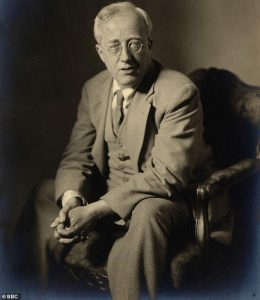
While many classical pieces explored celestrial or planetary themes before Holst (pictured), few were as thorough or systematic as The Planets
One of the most prolific, versatile and universal composers of the Renaissance, Lasso wrote more than 2,000 songs in Latin, French, Italian and German. Among his works was In Me Transierunt Irae Tuae (Your Wrath Swept Over Me), which directly inspired the German mathematician Johannes Kepler (1571-1630) to write Harmonices Mundi (Harmonies Of The World).
Tomorrow’s questions
Q: Has there ever been a report of a shark attack off the UK coastline?
Mrs Glenda Hunt, Newcastle upon Tyne
Q: Did US actor Joe Don Baker appear in a British feature film about defrosting a fridge?
Vernon Ireland, Lancing, West Sussex
Q: What is a ‘frozen conflict’?
Simon Brown, Southampton
Harmonices Mundi captured the Pythagorean idea of planetary motion and the ‘music of the spheres’: the philosophical concept that celestial bodies such as the Sun, the Moon and the planets form music as they move through the solar system.
Austrian composer Joseph Haydn’s great oratorio The Creation (1798) celebrated the formation of the Universe. Although the lyrics were based on the biblical books of Genesis and Psalms, and John Milton’s Paradise Lost, Haydn was intensely interested in the astronomical discoveries of the day.
He is believed to have read Immanuel Kant’s Universal Natural History And Theory Of The Heavens (1755), which introduced Nebular Theory, the idea that the planets coalesced from gas and dust orbiting the Sun. The theory, as refined by French mathematician Pierre-Simon Laplace in the 1790s, was popular in the intellectual salons of the era.
Haydn also visited William Herschel’s astronomical observatory in Slough in June 1792. Peering through Herschel’s 40ft telescope may have provided the cosmic inspiration for The Representation of Chaos, the famous opening of The Creation.
It brilliantly captures the formation of celestial spheres from chaos, and it is clear from Haydn’s sketches that he took unprecedented pains over this composition.
Dr Ken Bristow, Glasgow
Tech
The wheels of an aircraft continue to spin and move immediately after takeoff.
Published
3 days agoon
January 4, 2025By
Ekwutos Blog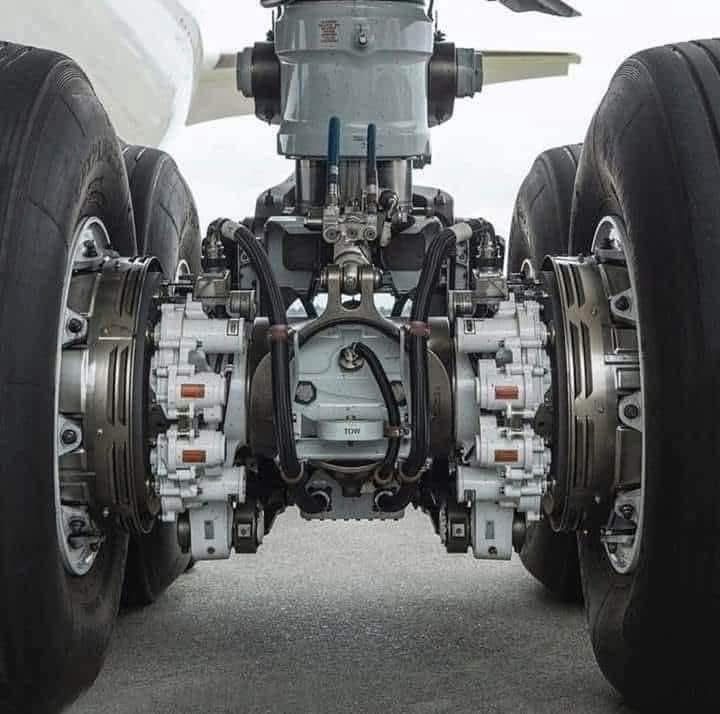
The wheels of an aircraft continue to spin and move immediately after takeoff.
Depending on the diameter of the tires, they may continue to spin between 1,500 and 2,000 rpm.
The captain must stop this rotation before the tires settle into the box, a task that is accomplished by different systems depending on the level.
Here is a brief explanation of how the wheels of an aircraft stop spinning
Most modern aircraft have automatic braking technology and devices to stop the wheels from spinning after takeoff, eliminating the need for pilots to use the brakes, as the automatic braking system works immediately after takeoff.
Passengers can feel the resulting vibration if they are sitting in the front and hear some intermittent noise immediately after takeoff.
Tech
Telcos push 100% tarrif hike, await NCC approval
Published
5 days agoon
January 3, 2025By
Ekwutos Blog
Nigerian telecommunications companies said they proposed a 100 per cent tariff hike to the regulator, the NCC, across voice, data and digital and are awaiting approval.
The proposal, which has been submitted, aims to address rising operational costs, including inflation and increased service delivery expenses.
The disclosure was made by the Chief Executive Officer, MTN Nigeria, Karl Toriola, during an interview on Arise TV on Thursday.
However, the CEO said that it remains uncertain whether the Nigerian Communications Commission will approve the proposal.
According to Toriola, the proposed tariff hike is necessary for the sustainability of the industry, which has been facing significant financial pressures due to rising operational costs.
“We’ve put forward requests of approximately 100 per cent tariff increases to regulators. I doubt they’re going to approve that quantum of increases because they are very, very sensitive to the current economic situation in the country,” Toriola said.
Despite the challenges, Toriola expressed optimism that regulators would make the right decision, taking into account the realities of the sector.
The CEO emphasised that the focus is on ensuring the long-term sustainability of the industry, rather than short-term profitability.
“I believe we’re all on the same side, the policymakers, the regulators, our Chairman of ALTON, Gbenga Adebayo, and the industry. We’re united because we share concerns about a few fundamental issues. First, human rights, are critical to driving any economy. Without a sustainable industry, the broader economy and the well-being of the people will be negatively impacted.”

US CONGRESS CERTIFIES TRUMP’S ELECTORAL VICTORY

Sit-At-Home: We No Longer Take Orders From Non State Actors —Governor Peter Ndubuisi Mbah Tells President Tinubu

THE POLITICS OF SUCCESSION OF PRESIDENT-GENERAL OF OHANAEZE NDIGBO WORLD WIDE AND 2027. – Willie Amadi
Trending
- Politics11 months ago
Nigerian Senate passes Bill seeking the establishment of the South East Development Commission.

 Business11 months ago
Business11 months agoInflation hits record high of 29.90% on naira weakness
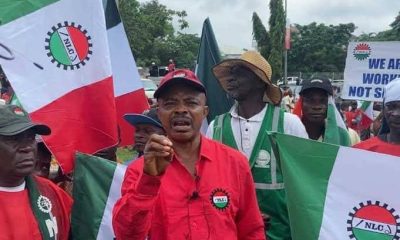
 Politics7 months ago
Politics7 months agoBREAKING: Federal Gov’t Offers To Pay Above N60,000, Reaches Agreement With Labour
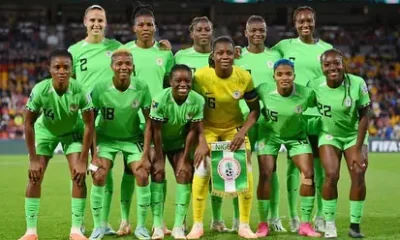
 SportsNews10 months ago
SportsNews10 months agoOlympic Qualifiers 2024: CAF Confirms Dates For Super Falcons Vs Banyana Banyana
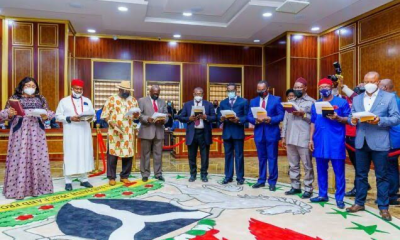
 Politics10 months ago
Politics10 months agoGovernor Hope Uzodinma’s New Cabinet In Imo: The Gainers, The Losers
- Entertainment11 months ago
American Singer Beyonce makes history as first Black woman to top country chart
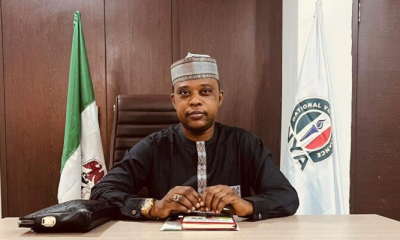
 Trending3 months ago
Trending3 months agoNYA demands release of ‘abducted’ Imo chairman, preaches good governance
- Business3 months ago
US court acquits Air Peace boss, slams Mayfield $4000 fine

